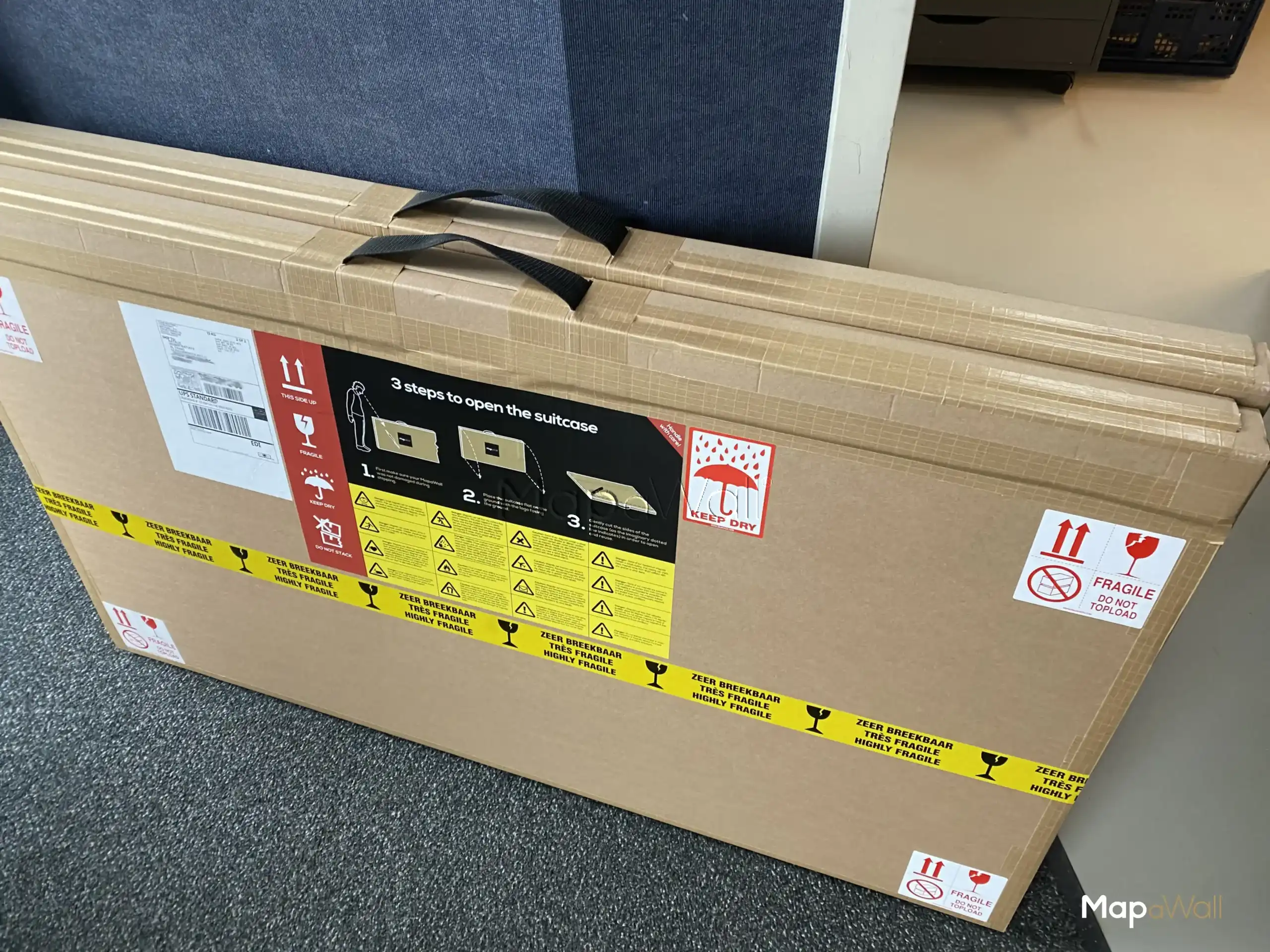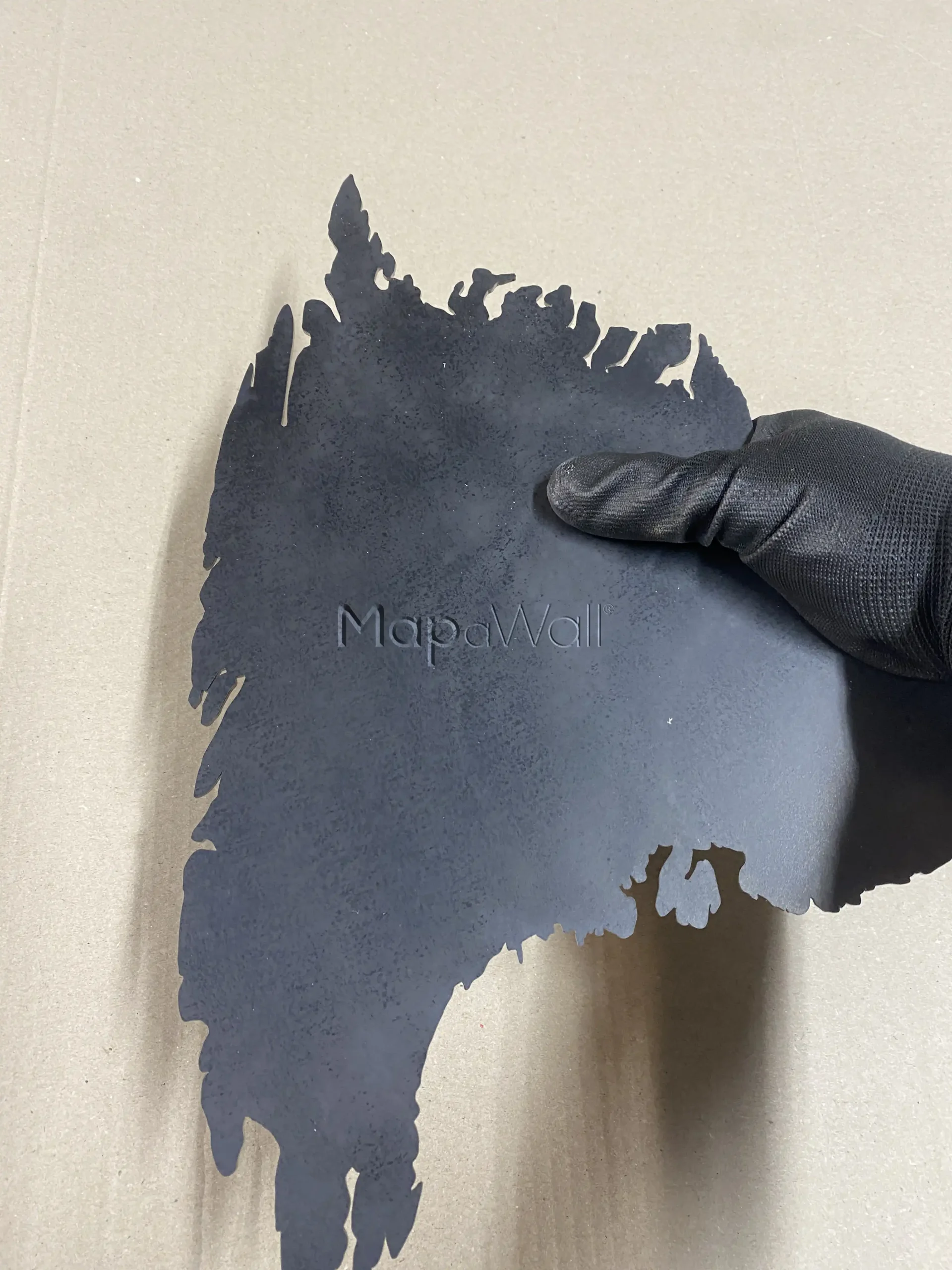Tag: crafting
-

The crafting process (part 3)
In our latest post, we discussed the initial phases of crafting the illuminated world map, including cutting the two layers of steel with our fiber laser and shaping the acrylic layer responsible for the diffusing light. We also showed how we integrated the LED string into the map, demonstrating the effectiveness of the diffused light…
-

The crafting process (part 1)
In this initial part of a three-part series, we offer insight into the creation process of our exclusive illuminated stainless steel world maps. We take a look into the production of each component and the assembly that transforms them into a singular, magnificent map—a piece that elegantly illuminates your space. Cutting the corten steel As…